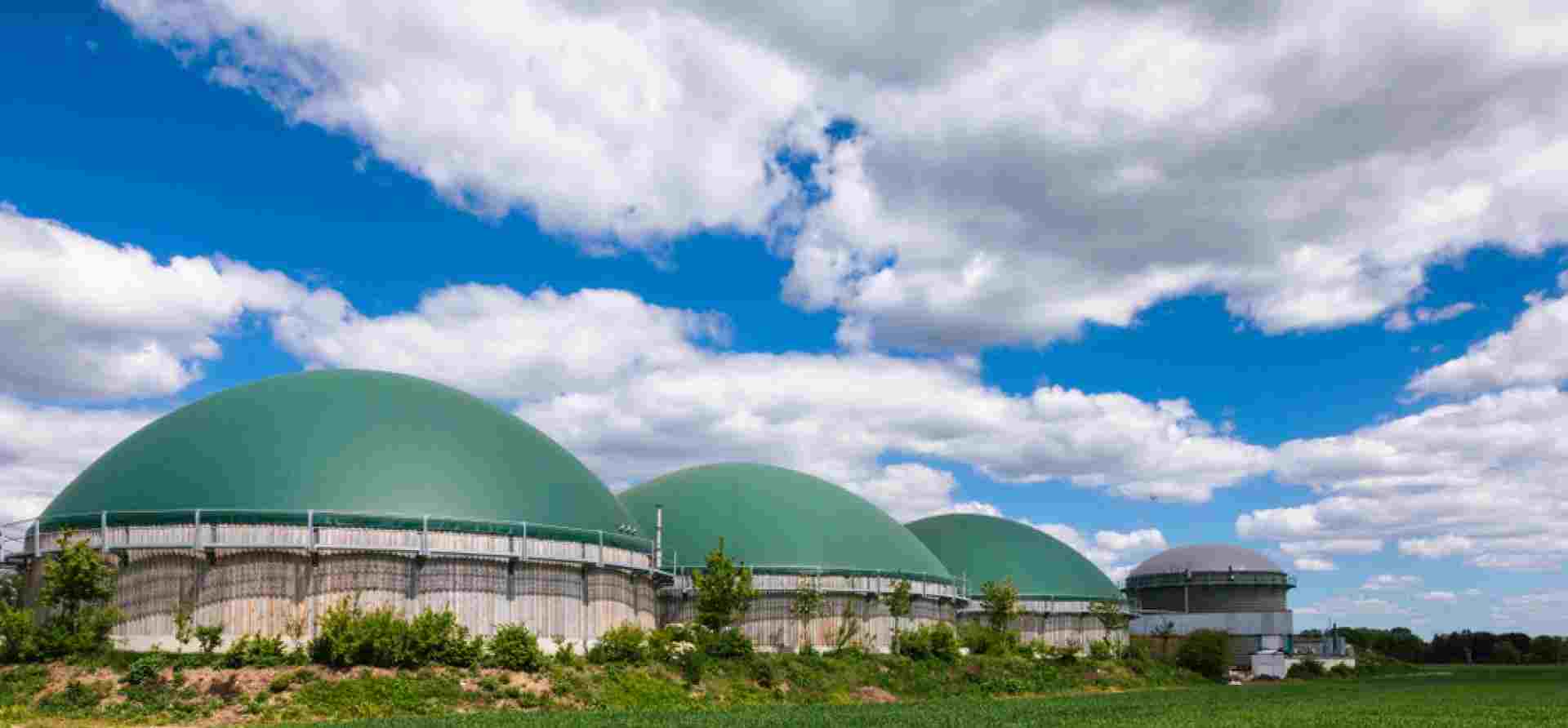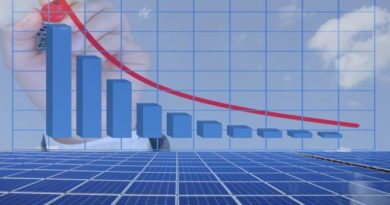IEA report says global increase in biogas looks imminent

The International Energy Agency (IEA) anticipates a significant boost in global biogas production over the next five years, attributing this growth to impactful new policies implemented in more than 13 countries during 2022 and 2023. The Renewables 2023 report, released by the IEA, analyzes global trends in renewable energy deployment and introduces a dedicated section to biogas for the first time.
The IEA forecasts that the primary surge in biogas development over the next five years will occur in Europe and North America, driven partly by established infrastructure and experience in these regions. Although China and India also have ambitious plans to expand biogas production, growth will be constrained in the short term due to a lack of infrastructure.
It says that a great chunk of biomethane production comes from developing countries in Asia, notably Thailand and
The International Energy Agency (IEA) anticipates a significant boost in global biogas production over the next five years, attributing this growth to impactful new policies implemented in more than 13 countries during 2022 and 2023. The Renewables 2023 report, released by the IEA, analyzes global trends in renewable energy deployment and introduces a dedicated section to biogas for the first time.
The IEA forecasts that the primary surge in biogas development over the next five years will occur in Europe and North America, driven partly by established infrastructure and experience in these regions. Although China and India also have ambitious plans to expand biogas production, growth will be constrained in the short term due to a lack of infrastructure.
It says that a great chunk of biomethane production comes from developing countries in Asia, notably Thailand and India.
In the United States, the report predicts a substantial expansion in biogas and renewable natural gas (RNG) production through 2028, propelled by new federal and state-level policy support. This support includes Renewable Fuel Standard blending obligations and California biomethane targets.
Europe is expected to witness most of its biogas growth from RNG in the next five years, originating from both new plants and the upgrading of existing facilities. In major markets like Germany, the IEA foresees transportation as the primary driver for RNG expansion, a shift from historical trends where electricity production played a central role in driving biogas expansion in Europe.
The report mentions that every part of the world has significant scope to produce biogas and/or biomethane, and the availability of sustainable feedstocks for these purposes is set to grow by 40% over the period to 2040. The largest opportunities lie across the Asia Pacific region, where natural gas consumption and imports have been growing rapidly in recent years.
IEA says that the overall potential is set to grow rapidly over the next two decades, based on increased availability of the various feedstocks in a larger global economy, including the improvement in waste management and collection programmes in many parts of the developing world.
.
In the United States, the report predicts a substantial expansion in biogas and renewable natural gas (RNG) production through 2028, propelled by new federal and state-level policy support. This support includes Renewable Fuel Standard blending obligations and California biomethane targets.
Europe is expected to witness most of its biogas growth from RNG in the next five years, originating from both new plants and the upgrading of existing facilities. In major markets like Germany, the IEA foresees transportation as the primary driver for RNG expansion, a shift from historical trends where electricity production played a central role in driving biogas expansion in Europe.
The report mentions that every part of the world has significant scope to produce biogas and/or biomethane, and the availability of sustainable feedstocks for these purposes is set to grow by 40% over the period to 2040. The largest opportunities lie across the Asia Pacific region, where natural gas consumption and imports have been growing rapidly in recent years.
IEA says that the overall potential is set to grow rapidly over the next two decades, based on increased availability of the various feedstocks in a larger global economy, including the improvement in waste management and collection programmes in many parts of the developing world.



